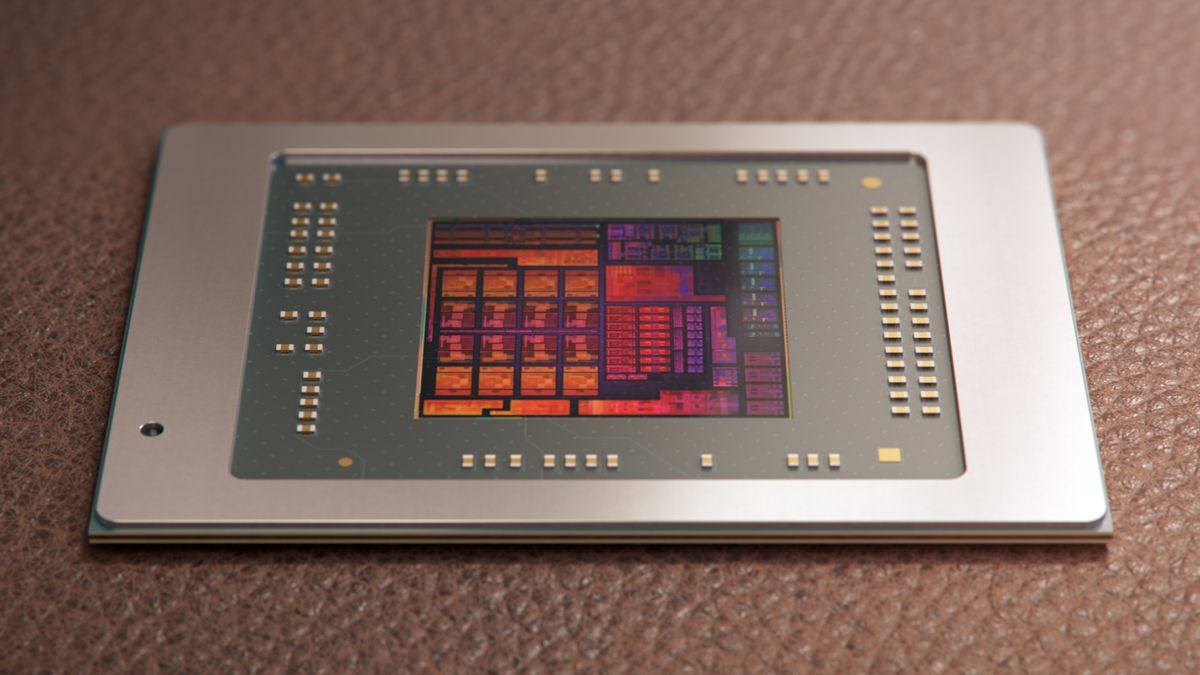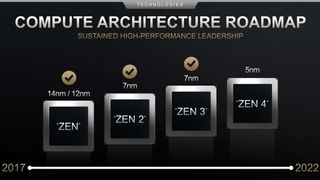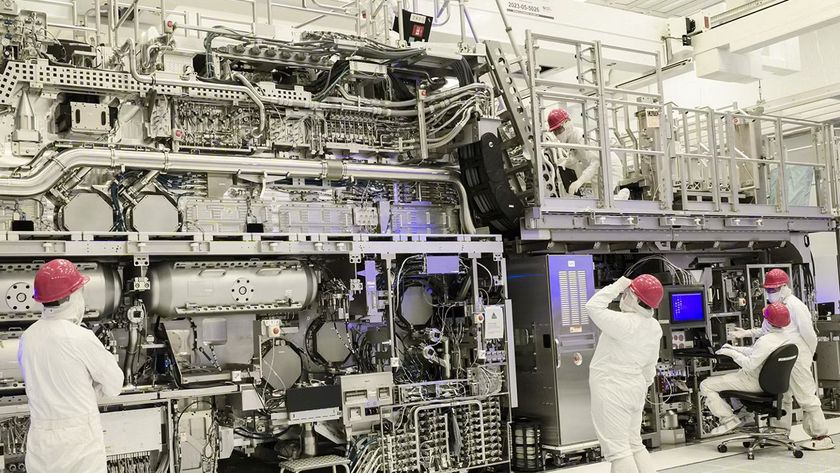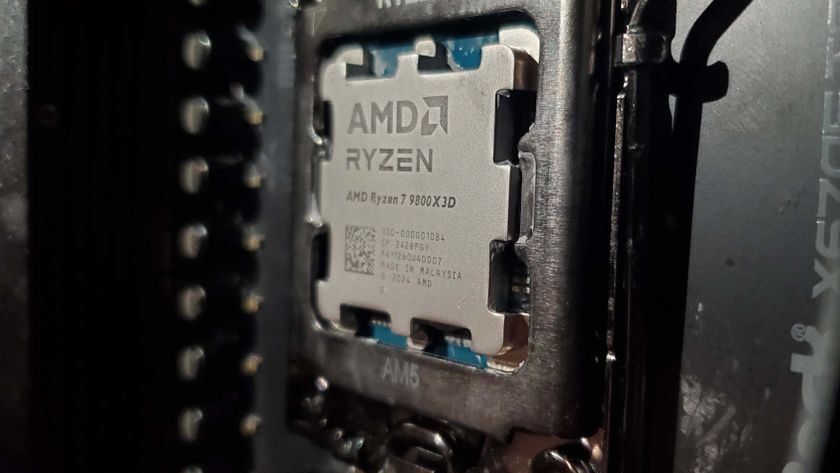That new AMD Zen 5 rumour means the fan-bois might have to eat their words about Alder Lake
Speculation AMD is using the same big.LITTLE hybrid chip design as Intel suggests there's something in it for desktops after all.

AMD is said to be doing an Alder Lake with Zen 5, following Intel's lead in mixing and matching different CPU cores within a single architecture and a single chip. Yes, welcome once more to speculation corner, where rumour and truth come together to spawn something… beautiful.
Following recent rumours that, because of the current chip shortage, AMD has reportedly chosen to cancel its potential Ryzen refresh, we're now seeing suggestions that its far-flung future architecture—2024's Zen 5—is to be built using the increasingly familiar big.LITTLE hybrid design. That's the one Intel is using for Alder Lake later on this year and subsequently Raptor Laker next year.
It's worth stating right off the bat these are completely unsubstantiated rumours, translated from MoePC.net, which offers no hint of a legitimate source for the information. So yeah, treat it with the scepticism it deserves, but consider it for the interesting hypothesis it might be.
The short report notes that the Zen 5 design will be the next big architectural change for AMD and that its APUs will be code-named Strix Point . The suggestion here is that Zen 4 kinda won't be as big of a change, but that 5nm architecture still has its own fair share of unknowns too.
The MoePC piece also has some oddly firm details about specs, suggesting that some core counts are already in place. That seems a strange thing to note when there will be multiple different SKUs for the Zen 5 chips, from low-end mobile chips all the way up to many-core server behemoths.
Still, it suggests there will be a version with eight big Zen 5 cores and four little cores, though it doesn't state whether the little cores will still be nominally using the Zen 5 architecture or whether it will be a separate chip design altogether.
With them, all manufactured on TSMC's upcoming N3 node they're potentially all pretty efficient slices of silicon, so it will be interesting to see what AMD might change between a big and little core for the purposes of our Ryzen 8000 processors. By the time Zen 5 rolls around in 2024 the N3 node will be well-used—it's entering into volume production towards the end of 2022, so will likely have a full year of commercial use before AMD switches over its whole Zen 5 range to the smaller production process.
The biggest gaming news, reviews and hardware deals
Keep up to date with the most important stories and the best deals, as picked by the PC Gamer team.

As we noted earlier, the suggestion that this future architecture will use the same hybrid core design as Intel's Alder Lake is still just a rumour, but if true it does mean the CPU competition is getting even more interesting. Many scoffed at the idea of Intel bringing the big.LITTLE design to desktop, something that has historically been more useful in low-power environments or in mobile form.
If AMD is following suit that has to mean there's something in it, some genuine benefit to this alternative core arrangement. The Twitter fan-bois might start to change their tune about Alder Lake's inevitable failure if AMD is also going to be creating a hybrid design for a future CPU range.

Best CPU for gaming: the top chips from Intel and AMD
Best graphics card: your perfect pixel-pusher awaits
Best SSD for gaming: get into the game ahead of the rest
But, if true, this isn't AMD just following suit, this is the industry as a whole beginning to recognise the benefits of such an offset core structure. Zen 5 has been in the design stages for a while now, and will have been on the books long before Intel announced what it was doing with Alder Lake and its Raptor Lake refresh. So it would be entirely unfair to suggest that AMD is playing copycat.
Though it does suggest Intel cottoned onto the idea, and the potential desktop benefits a lot earlier, and that could put it in a great place when Alder Lake does hit our machines later this year.

Dave has been gaming since the days of Zaxxon and Lady Bug on the Colecovision, and code books for the Commodore Vic 20 (Death Race 2000!). He built his first gaming PC at the tender age of 16, and finally finished bug-fixing the Cyrix-based system around a year later. When he dropped it out of the window. He first started writing for Official PlayStation Magazine and Xbox World many decades ago, then moved onto PC Format full-time, then PC Gamer, TechRadar, and T3 among others. Now he's back, writing about the nightmarish graphics card market, CPUs with more cores than sense, gaming laptops hotter than the sun, and SSDs more capacious than a Cybertruck.











